A trip to Hong Kong lights the spark for author Leslie Shimotakahara’s new book, Red Oblivion. Photo courtesy: Dundurn Press.
TORONTO — Family secrets simmer to the surface when two sisters return to Hong Kong after their father suddenly falls ill in Red Oblivion, Leslie Shimotakahara’s third book and second novel.
When sisters Jill and Celeste Lau reunite with their father, they barely recognize the unconquerable self-made man. His housekeeper says his collapse followed the anonymous arrival of mysterious photographs in the mail. Jill uncovers a past that has returned to haunt her father, his escape from Guangzhou, China, during the Cultural Revolution.
Inspired by events in Shimotakahara and her family’s life, she weaves together a complex family drama, of a woman piecing together her father’s past while trying not compromise his reputation or her ideas of him.
Shimotakahara sat down with Nikkei Voice to discuss the events that inspired Red Oblivion, as well as how she’s grown as a writer and storyteller, from her first book to today.
Nikkei Voice: You’ve written a memoir and two novels, is there a common thread throughout your work?
Leslie Shimotakahara: A common theme across my three books is that they tend to focus on a central parent-child relationship, often complex and antagonistic; the child narrator grapples to uncover secrets concerning the family past, but the parent is reluctant to disclose it. I like to read novels that tend not to focus on too many characters; there’s something about the struggle between two main characters that’s compelling, and there’s a formal elegance to that.
In my memoir, The Reading List, that material offered a lot of itself up: elements around our family past, a lot of secrets that went back to the internment, and my grandfather’s suicide before I was born that I had been partially aware of; things that were never talked about with any sort of fullness. But I don’t anticipate that all of my books in the future will be like that; I might have exhausted that.
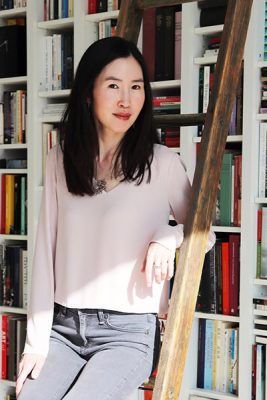
Leslie Shimotakahara is the author of Red Oblivion, as well as After the Bloom and The Reading List. Photo courtesy: Leslie Shimotakahara.
NV: What is your writing process?
LS: I would say that usually something that has actually happened to me in life sparks the writing process or causes me to feel inspired. Often it’s an actual place. In my first novel, After the Bloom, it was visiting the house on St. Clarens Avenue in the west end of Toronto, where my father had grown up, and being invited inside by the current owner that then stimulated my brain. Then the story took off from there.
In the case of Red Oblivion, it was the sudden collapse of my father-in-law four years ago. My partner, Chris, received a very panicked phone call from his father’s housekeeper in Hong Kong at five in the morning. His father had to be rushed to the hospital after he collapsed at the fish market while haggling over the price of a fish. That part of the novel, the opening, is based on fact.
We flew to Hong Kong immediately and put our lives on hold. I stayed there for a month and then came back to Toronto and then that fall went back to Hong Kong for two more months. So in that case, it was actually the experience of living in the family home. It was a fairly tense and stressful period, but it was during this period that I thought to myself, let me record some of my observations in a notebook just so I could have a snapshot of some raw material to maybe work with down the road.
The act of journaling, keeping track of what was going on as we were going through the day-to-day, going to the hospital and doctor’s appointments: life offered up the framework of the narrative, and then much of it is imaginative as well. I became very fascinated, the first month we were there, with beginning to get to know this man. We had stayed with him before, but I was always under the impression that he barely spoke any English because he never spoke to me directly. If he did, it was just one word, and Chris had told me that he didn’t speak very much English, so most communication was through Chris.
But then I discovered on this longer stay that his English was better than expected. If he wanted, he was able to communicate quite clearly some stories about his past. He did tell me himself, some of the hardships he experienced as a young man. Chris had heard these stories throughout his life, about his experiences during the Japanese occupation during the Second World War when he had to support his family at age 14 by selling expired tin goods on the black market. Then later, he had endured the Cultural Revolution in Guangzhou working as a street sweeper. So these stories in the family had really caught my imagination and I wanted to write a novel that explored more imaginatively what this man had struggled through to survive.
NV: How much research did you do beyond your father-in-law’s story?
LS: I did a lot of research reading books on Chinese 20th century history, the Cultural Revolution, memoirs, and other books of fiction. In the novel, the memoir of Alice Cartwright is fictionalized, but it’s based on several memoirs that I read. One family memoir in particular, Wild Swans, which I listed in the “Acknowledgments,” was partly a source of inspiration.
NV: How do you balance the tension between reality and fiction, the imagination and historic accuracy? Are you burdened by or feel a responsibility to the historical events or the accuracy of it all?
LS: I don’t, because this is not a non-fiction book; this is not a history book; this is a novel. As a novelist, I’m trying to do historical research in order to build a credible literary world. At the same time, I recognize that a lot of readers who love historical novels are also reading because they want to learn about that period in history.
Even if I were able to find out what might be true, it might not provide the most compelling storyline. So how my father-in-law escaped from Guangzhou, no one might ever know; who knows what the actual escape route entailed, but for me these gaps in knowledge, this lacunae, are actually very evocative and very inspiring. It’s around those gaps that the act of creative writing really takes place for me. It’s where the imagination does the heavy lifting.
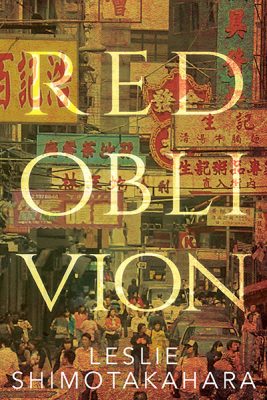
The cover of Red Oblivion by Leslie Shimotakahara. Photo courtesy: Dundurn Press.
NV: Are there things that you then deliberately left out?
LS: Nothing comes to mind, in terms of the family history side. I was working with skeletal information to begin with, so what information was to pass on to me, I mostly used. There was a lot of historical material. I must have read a least a dozen history books, memoirs over the two-year period that I was working on this. In writing a novel that’s partly historical, there’s a risk sometimes of wanting to include too much historical information. Some of that I just pared back in subsequent drafts.
NV: In the novel, the main character is a daughter …
LS: I think It is just one of my personal preferences. As a writer, I’m more comfortable writing from the female perspective. Also with this particular story, I was using certain elements of Chris’ family and Chris as inspiration, as creative springboards, but this isn’t a non-fiction book, and much of it is purely the work of my own imagination. I wanted to make the narrator in many ways different from Chris, and in many ways a lot of myself has gone into the narrator.
NV: Were there challenges writing about family and complex emotional relationships?
LS: All of my books, to some extent have dealt with family and for me, family is just so primal. They offer up the relationships that are most compelling for my imagination, so I supposed the way that I deal with that is by turning it into fiction, but something very distinct from the sources that inspired them.
I don’t think anyone would read through and say this is clearly so-and-so, so identities can be protected to some extent. Chris had said I had his permission to use this material freely and was encouraging. His father actually said to me in English over dinner with him when he was back at home, “You should write a book about me.”
I mentioned this to Chris. I asked, “What kind of book does your father have in mind?”
He said, “I’ve no idea, I’ve never seen my father read a book in my entire life.”
So I’m not quite sure what he had in mind in terms of his life narrative.
NV: How long does it take you to write a novel?
LS: After the Bloom, based on my maternal grandmother’s coming of age during the Japanese American internment at a camp in the California desert, took about five years from start to finish. That one took a lot longer; Red Oblivion came comparatively faster. I started it in 2015. I would say it took about two and a half to three years.
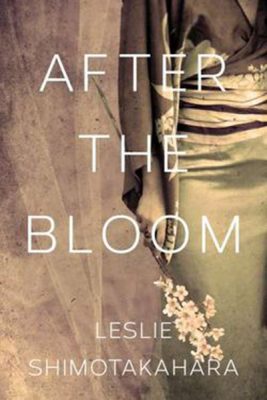
The cover of Leslie Shimotakahara’s After the Bloom. Photo courtesy: Dundurn Press.
NV: Why did Red Oblivion take less time?
LS: I think that with my first novel, I was telling the story through two voices: the daughter’s voice and the mother’s voice, and chapters alternated between them. There were two different time frames at play as well: one being the 1940s during the Japanese American internment, and then 1980’s Toronto, which was the time frame for the daughter’s story. She was investigating her mother’s disappearance in the 1980s which then takes her on a journey to uncover her mother’s past during the 1940s, what happened to her mother in the internment camp. That novel was more complex, and maybe in retrospect, too complex.
I remember when I first started working on that novel, I did a very detailed outline, perhaps drawing on my academic background. I’m a former English professor, and in the same way when I was writing my dissertation, there was this intricate outline, each chapter is to create a certain argument that supported the umbrella argument as a whole. So I think that when I approached that novel I was still in that mindset. The problem was that when I actually started writing it, characters were taking on lives of their own, going off in different directions. I wasn’t allowing myself the freedom to just go with that and see where the characters, voices, and narrative would take me. I was getting too caught up in deviating from my scheme, causing endless trouble by doing too much planning at the outset, not allowing my writing to be improvisation or spontaneous.
So it took me awhile to allow myself the freedom to follow the voices that my imagination was offering. With this novel I did no outline. I had just a very basic scheme in my head around which I just sort of wrote and created more organically. Every creative project probably requires its own distinct methodology. I can’t say I’m always going to approach a project one way. You have to experiment and see what’s working for each project. If it’s not working, you try something else.
NV: What are you working on now?
LS: I’m currently working on my third novel, a historical novel that is set during the First World War on the Queen Charlotte Islands. It’s loosely based on my other grandmother and my great-grandfather. He was a fisherman in Japan and an agricultural instructor at one of the colleges in Fukuoka. He immigrated to B.C. in the 1890s and worked for various canneries and logging camps and kept a diary during that period which has ended up in UBC’s rare books library. Parts of it have been translated, not in its entirety, but fragments of it. So I’m finding that to be useful, again, as a springboard for writing.
Also the other historical context for this novel, is the much overlooked episode in Canadian history, during the First World War, when the Canadian government started aggressively logging Sitka spruce trees along the Queen Charlotte Islands because these trees were greatly needed for the Allies’ fighter jets in Europe. These enormous spruce trees were the only wood that could be used, it was light and flexible enough, and virtually bullet proof. It was during that period that the logging of that area began. It was often by Japanese and Chinese workers as well as white and Indigenous workers. My grandmother actually moved there shortly after the war around 1920, but in the novel I’ve shifted the time lines back a few years because that period seems so rich with dramatic possibilities. So for a novel, it seemed so much more compelling to me.
NV: What first inspired you to write or become a writer?
LS: From the early days of my childhood, I always loved reading. Writing just seemed like a natural extension of that process for me; the desire to read other people’s stories begot a desire to tell my own story. So during my childhood and teen years, I often had a short story I was working on, and I had a strong wish to write a novel, though that wasn’t something I embarked on until many years later.
In the case of my first book (my memoir) and my first novel (After the Bloom), it was my Japanese Canadian heritage and the history of the Japanese internment and all the family secrets that swirled around the internment, that I found particularly inspiring and stimulating to my writerly imagination. But now that I’ve worked through that body of material, I find myself being drawn in my writing to other forms of the Asian Canadian experience, both contemporary and historical, as instanced by Red Oblivion.
In general, I find that I’m happiest and feel most balanced when I have a writing project on the go. If I can get in a solid chunk of writing time every day, it gives me a feeling comparable to sleeping well, dreaming deeply, and waking up feeling refreshed.
***







 28 Aug 2019
28 Aug 2019
 Posted by Karri Yano
Posted by Karri Yano 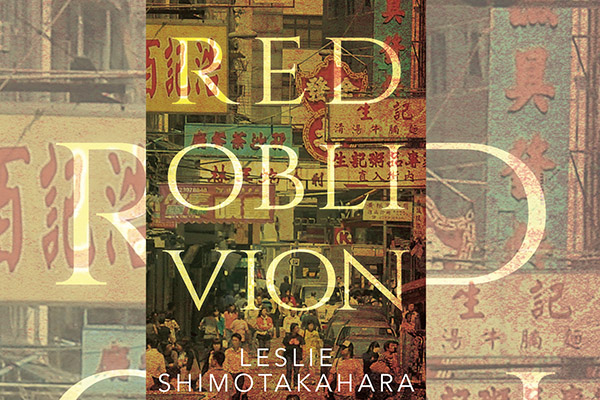







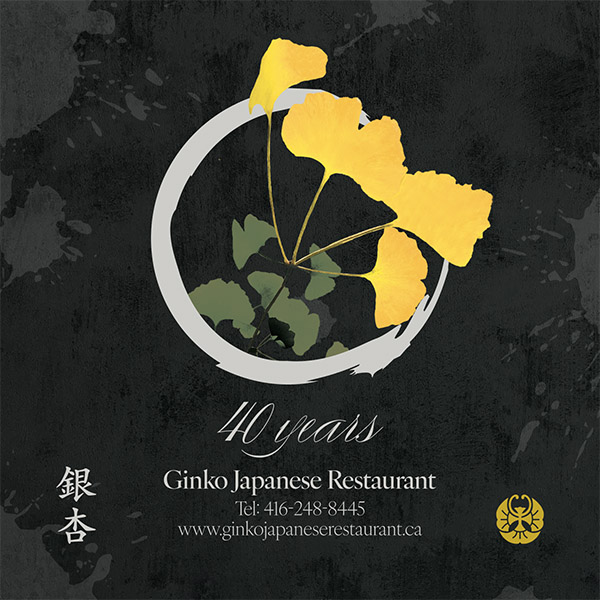
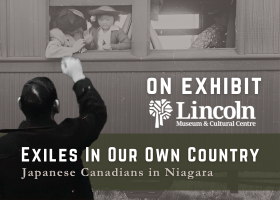
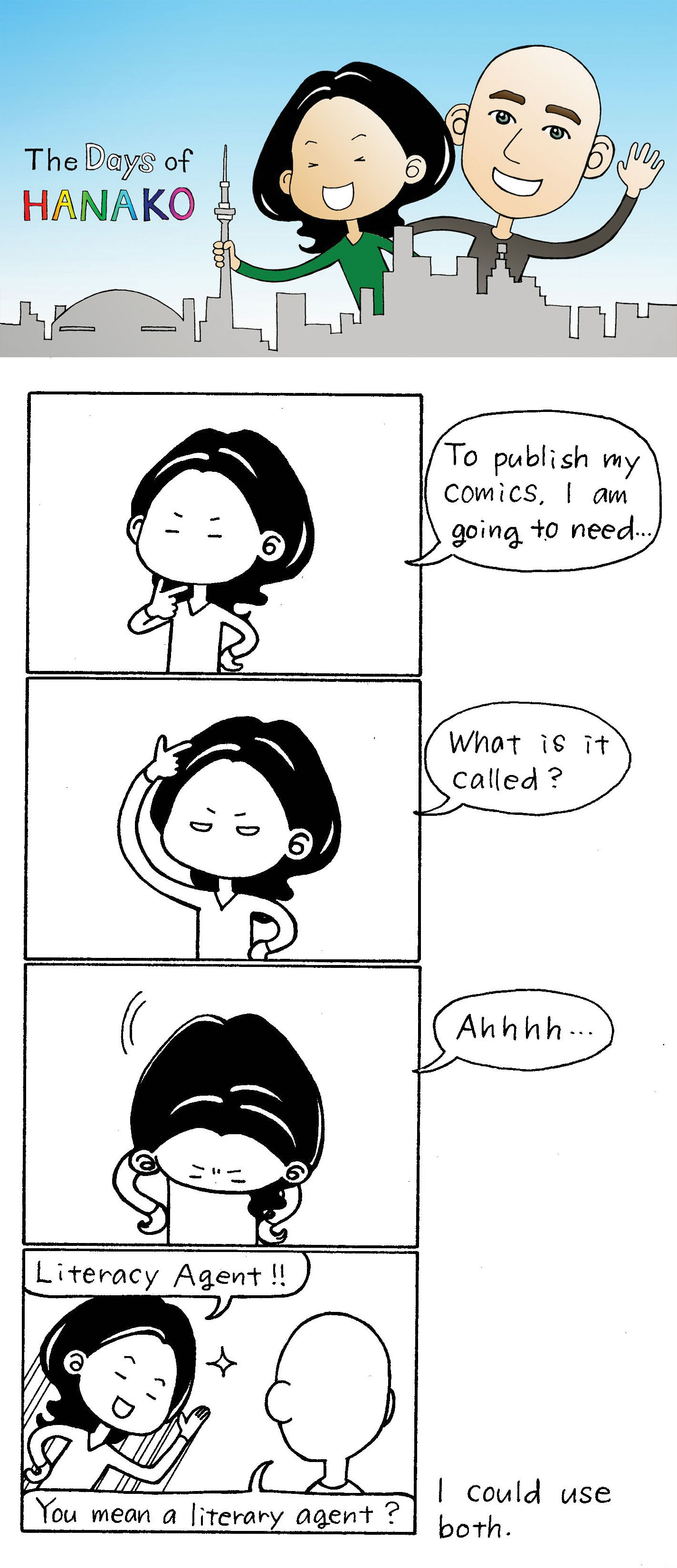

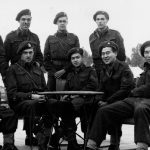

1 Comment
[…] http://nikkeivoice.ca/finding-inspiration-in-real-life/ […]